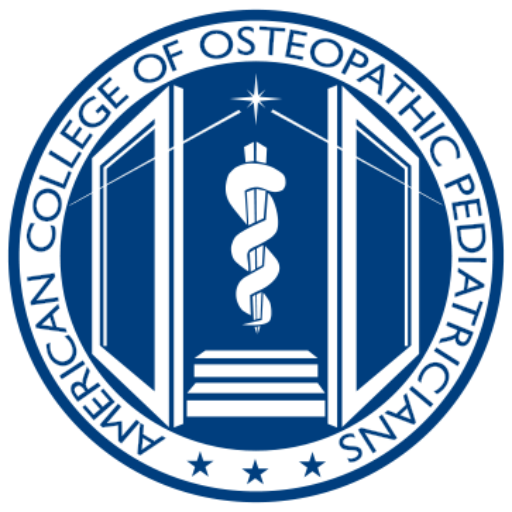An 8-year-old child is seen for intermittent thigh pain that started seven months ago. She has difficulty sleeping but can fall back to sleep after her mother rubs her legs. She takes acetaminophen as needed. There is no history of trauma or recent illness. She has no change in her daily activities. On physical examination, she is afebrile. She has full range of motion of her lower extremities without joint tenderness. Her mother was recently diagnosed with an autoimmune disease and is concerned about the child’s pain.
Of the following, the best next step in this child’s management is to:
EXPLANATION
The child in the vignette has thigh pain that worsens at night, is relieved with conservative measures, and does not affect her during the daytime. This is consistent with a diagnosis of growing pains. The best next step is to provide reassurance.
Growth does not have to happen for a child to experience growing pains. It is most common between age 4 years and 12 years. It occurs slightly more frequently in girls compared to boys. Pain can range from deep aching to cramping in the bilateral thighs or calves that improves with massage or pain medication. Onset typically occurs at night, and pain is not present in the morning. Physical examination findings are normal. Although laboratory testing and radiographs are not recommended, the results are normal if they are done. The differential diagnosis includes overuse syndrome, trauma, anatomical abnormalities, juvenile idiopathic arthritis, infection, restless leg syndrome, and leukemia.
ANA is often positive in healthy individuals and those with non-rheumatologic conditions, such as growing pains. It is non-specific and should not be ordered in a child with joint pain or a constellation of unexplained symptoms. In addition, ANA is not always positive in children with rheumatologic disease. Pediatricians should order an ANA test for:
1 – suspected lupus
2 – suspected autoimmune hepatitis
3 – confirmed juvenile rheumatoid arthritis
A positive ANA is needed to diagnose both lupus and autoimmune hepatitis. A child with arthritis has an increased risk for uveitis and eye inflammation. An ANA helps to determine the frequency of an ophthalmology examination; some children require visits every 3 months.
